2021 in review: Covid and travel were odd bedfellows

As 2021 folds depressingly into 2022, lines outside my pharmacy for Covid tests remind me of lines for food behind the Iron Curtain. A quiet fear has settled among the people here in Rome and just stepping outside seems like an unnecessary risk.
On New Year’s Day Italy recorded 141,353 new cases. On Oct. 17 we had 2,434.
Already 2021 seems so long ago. It was only in October when I happily galloped around Mallorca, drinking wine in tavernas and eating tapas in crowded bars. No more.
I’ll miss 2021. It was a time of hope, of renewed travel, of new adventures. For nostalgia’s sake and my own sanity, I wrote a year review and how Covid perpetuated every month. Relive, all those who read me before; discover, all those who want to know what it’s like to travel during a global pandemic. Here is 2021 in review.
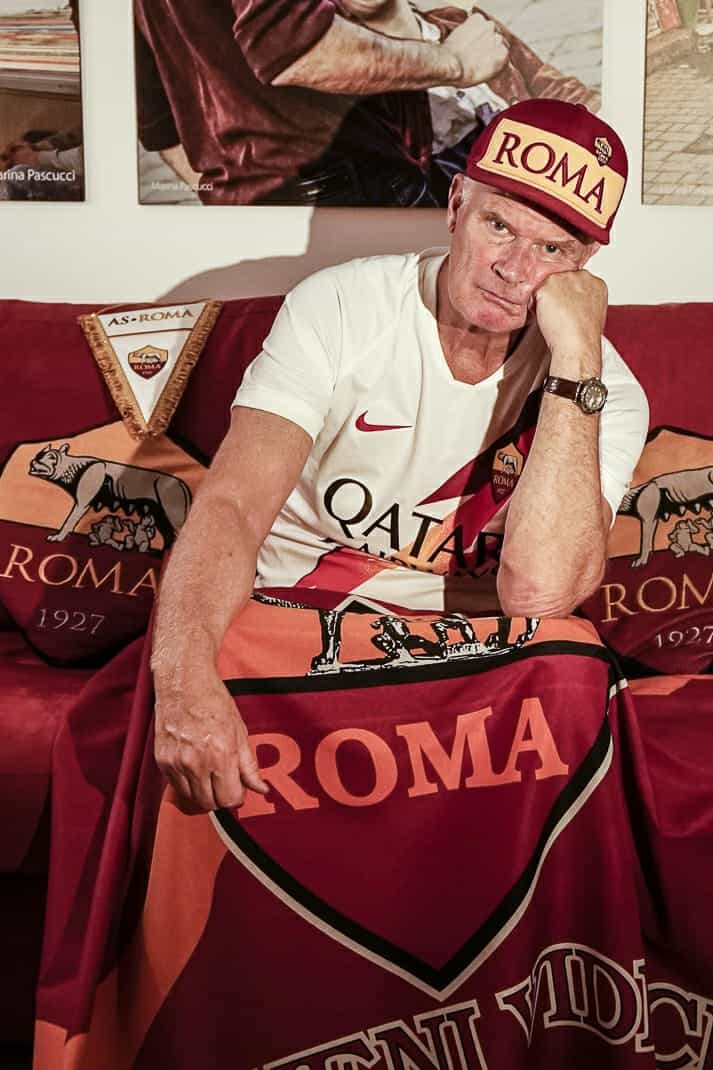
January
Like today, the biggest topic of conversation here last January was Covid. After flattening the curve that summer, Italy saw Covid roar back in December and January. The numbers were ugly. Italy’s death rate of 1,367 people out of 1 million was fourth in the world. The seven-day daily death average jumped from five on Aug. 23 to 479 on Dec. 3.
Rome’s Lazio region jumped from yellow level to orange, the second highest in Italy’s Covid warning scale. In response, the government made these restrictions in January: Restaurants were closed except for takeout and delivery. Gyms and cinemas were closed. No travel between regions except for essential reasons. No more than two guests in a home.
These came atop the continuing restrictions of a curfew between 10 p.m.-5 a.m. and 1,000-euro fines for violating the mask mandate. Then the government collapsed.
The good news was vaccines arrived and 500,000 Italians were vaccinated in the first 13 days.

February
The restrictions worked. Italy’s Covid curve lowered and against the advice of cautious health officials, the government opened museums for the first time since October. I got my art fix.
My first stop was the beautiful Capitoline Museums on Campidoglio, one of the seven hills of Rome with one of the best views in the city. It housed the Torlonia Marbles, 96 sculptures from the 5th century B.C. to 4th century A.D.The Torlonia family collected them from the 15th-19th centuries and the city opened them to the public on Feb. 1 for the first time in, essentially, 35 years.
In the museum, void of tourists as Rome’s tourist industry ground to a halt, we saw busts of Hadrian and Caracalla, a Bernini sculpture of a resting goat and marble tubs the size of small pools.
Also opening was the Naples Underground which dates back to the Ancient Greeks and at one time covered 125 miles. The Greeks used it for water wells, the Ancient Romans turned it into a vast water system and the Neapolitans used it as a garbage dump and later a bomb shelter during World War II.
Marina and I walked 142 steps down 35 meters under Naples’ gritty San Lorenzo neighborhood to see leftover bombs, army helmets and pools with water that looked clean enough to bathe. But claustrophobics be warned.
Some of the passages are narrow, dark and 40 meters long.
Also significant to Covid: Our visit marked one year from the last day I was outside Italy.
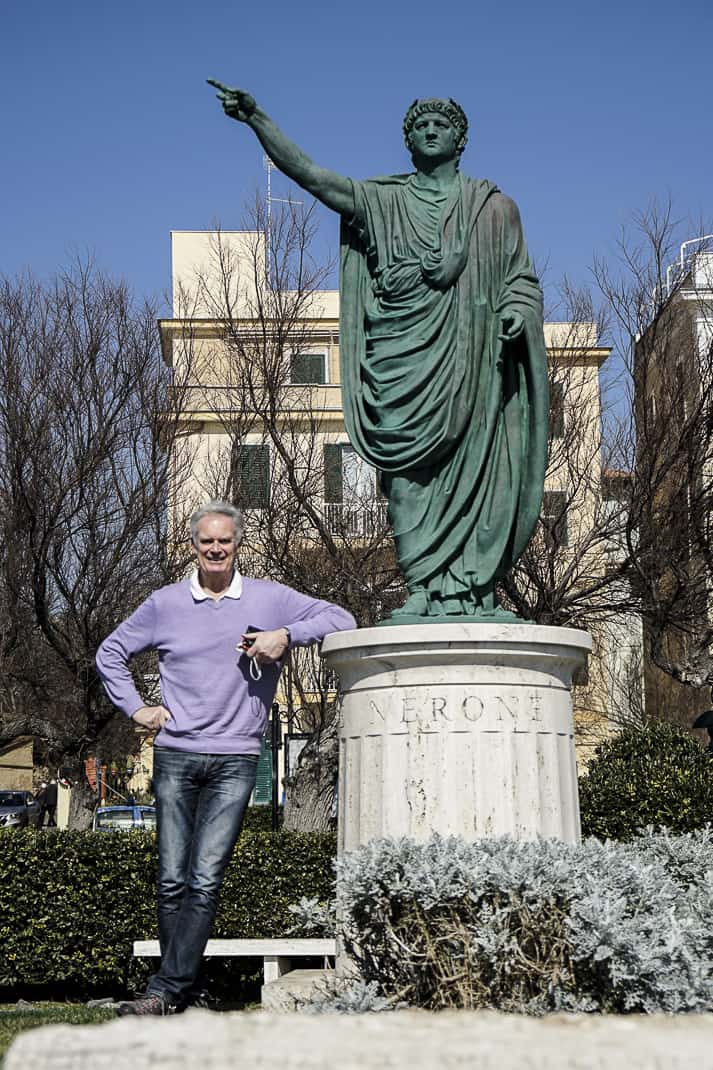
March
Covid’s third wave swept over Italy, causing Lockdown II through April 14. Only take away was allowed at restaurants. Even my corner bar outlawed coffee at the counter. It marked one year since Italy became the first Western country to get poleaxed by Covid.
Italy turned red, the highest Covid warning level, and schools closed for only remote learning. Every time I left home I had to fill out an annoying auto declaration form saying where I’m coming from, where I’m going and why. Italy had lost 420,000 jobs. The date when I could finally schedule a vaccination was delayed indefinitely.
Covid sucks.
Shortly before the lockdown, we snuck down to Anzio for a deep dive into one of Italy’s most historic towns. Hard on the Tyrrhenian Sea, it was big during the Roman Empire as the home for Nero, an emperor so savage he killed two of his wives and tried killing his mother. The remnants of his gargantuan villa remain on Anzio’s underrated long, sandy beach.
In World War II it was the site of the Allied Forces’ landing in 1944 when they liberated Rome. A packed, fascinating war museum is a short walk away where we saw Nazi propaganda posters of smiling German soldiers and photographs of Americans riding tanks on the way into Rome.
It would be our last trip outside of Rome for more than two months. My birthday was spent drinking a bottle of Barolo with Marina at home.

April
I finally got my vaccine after a long, delayed wait as Italy and the rest of Europe tried desperately to catch up. While new Pres. Joe Biden was rolling out the vaccine all over the U.S., only 13 million of Italy’s 60 million had received a vaccine and only 3.9 million had received two.
Why the delay? The European Union scientists were slow to pull the trigger on some vaccines, the continent had faulty supply lines and it put a block on AstraZeneca over fears of blood clots.
My vaccine experience with AZ was terrific. I booked online, shockingly got an appointment for the next day and was in and out in 30 minutes. The next day I only had a headache.
Meanwhile, Italians were losing their sweet dispositions. While everyone wore masks everywhere, many protested the vaccines. That included 200 people who clashed with police outside Rome’s Lower House.
However, the vaccines worked. Case numbers dropped and officials said Italy could be back to normal by May. Today, 92.5 percent of the Italian population is double vaccinated.

May
The travel lockdown finally lifted and Marina and I fulfilled my dream: We visited Venice with hardly any tourists. I had an assignment in Piedmont and later we met in a hotel just a few feet from St. Mark’s. I was interviewing some bored gondoliers who told me only 40 of the 400 in town worked that winter. Then I had an idea.
I’d never taken one, they needed the work and what better time than when we were about the only tourists on the canal? They cut the price from 120 euros to 80 for the 45-minute ride and it was heaven. We saw only one gondola. One.
Our gondolier gave us a history lesson as well. We went past the home of German poet Wolfgang Goethe who lived there from 1786-88, the apartment where Wolfgang Mozart stayed when he was 15 in 1771 and the seven-star hotel where George Clooney got married in 2014. Any positive effects of Covid on Venice? Yes, one.
The canals were actually clean.
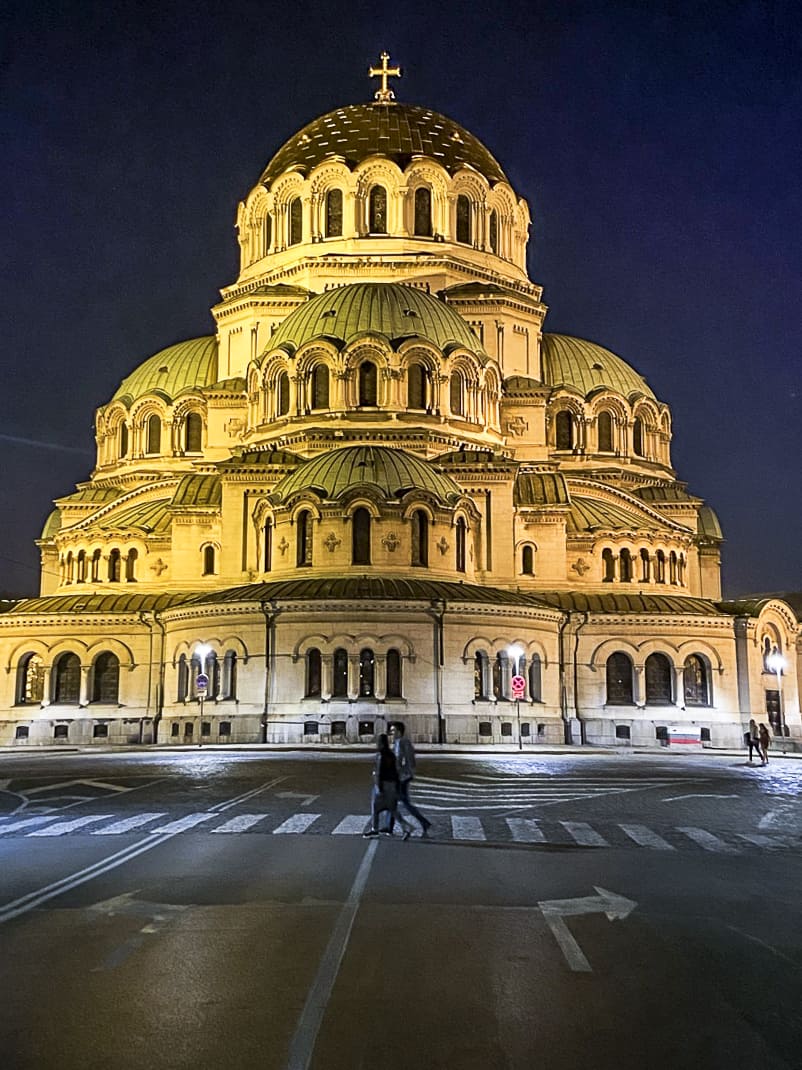
June
Bulgaria.
My 109th country. My first time out of Italy in 16 months. Bulgaria is only a 1-hour, 50-minute flight from Rome but it felt like on the other side of the galaxy. I did the typical Bulgarian triangle of Sofia-Plovdiv-Sunny Beach. But they may not be off the beaten track, Bulgaria still is.
I love former Iron Curtain capitals so Sofia was the perfect elixir to 16 months of pizza and pasta. Bulgaria’s cuisine and wine are vastly underrated and leafy parks are littered all over the capital.
In Plovdiv, the European Cultural Capital of 2019, I covered 8,000 years of civilization in a 45-minute walk. I strolled from Ancient Roman ruins to the Ottoman warehouse district to its pre-communism industrial area to a desolate wasteland during communism to an art colony to remains of settlements from 6,000 B.C. They are just up the street from my historic and cozy Hebros Hotel.
Sunny Beach, a notorious tourist trap, was empty, clean and sunny. The mobs of notorious drunks were nowhere to be found. I just had a long stretch of sandy beach, a lovely empty swimming pool, buffet breakfasts and dinners and bored bartenders who overpoured every glass of wine I ordered.
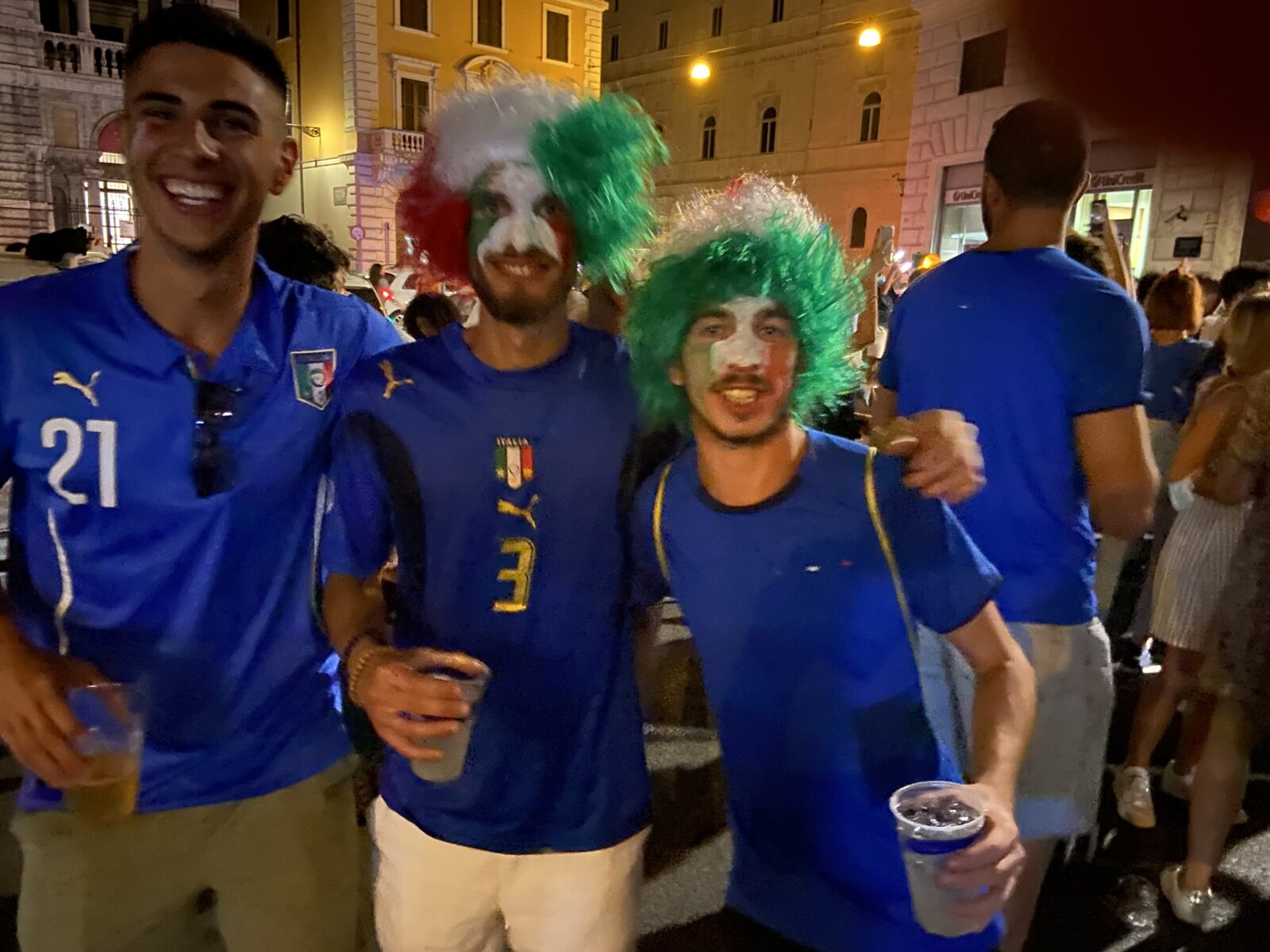
July
A country broken by Covid finally smiled. Italy won the European Championship.
The four-time World Cup champion didn’t even qualify for the 2018 Cup but under new manager Roberto Mancini it went on a 34-game unbeaten streak, putting itself in the European finals against England. In Wembley Stadium.
In London.
Italy had lifted its mask outdoors mandate two weeks earlier and ignoring a Delta strain that made up 30 percent of all new cases, I cautiously parked myself in my Abbey Theatre Irish Pub for the game. It was one of the biggest games in Italy’s history and the biggest since it won the World Cup in 2006.
Big theater-size screens were set up all over Rome with 2,500 cramming into Piazza del Popolo and another 1,000 into Piazza Venezia. Even Italians who care little for soccer but dying for something to cheer, were on edge and ready to explode.
Italy won in a penalty shootout and the streets filled with music, dancing, hugs, honking horns and a little marijuana smoke. For one night at least, during this pandemic in which Italy became the world symbol for sorrow, Italians could laugh and sing and dance.
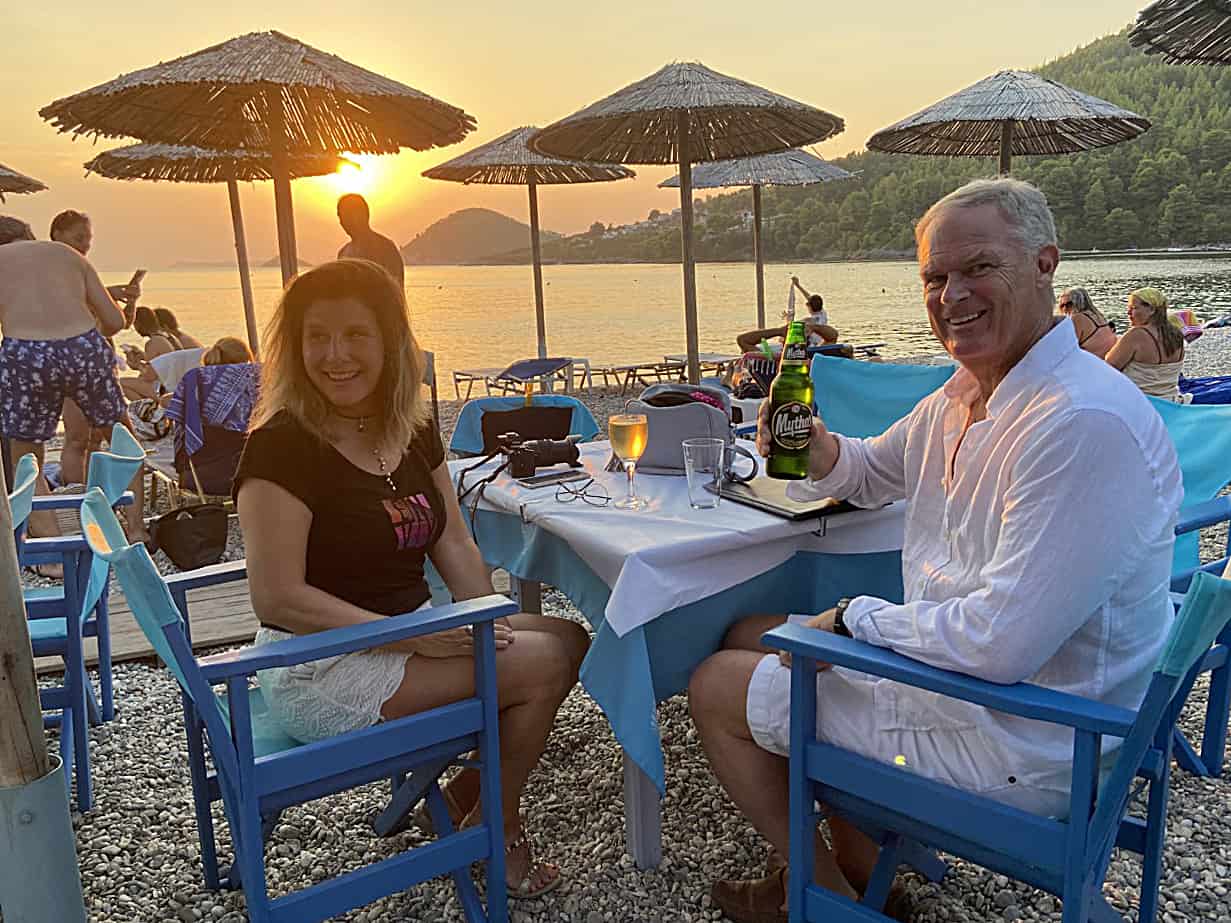
August
Italy dropped its travel restriction with the understanding that everyone would fill out the European Union’s Passenger Locator Form, a five-page online document where you must include your flight information, where you’re going, where you’re staying and when you’re coming back. Marina and I put up with the hassle in order to take our first trip of the year together outside Italy.
We chose Skopelos, a tiny island of 37 square miles and 5,000 people 90 miles north of Athens. We had a hotel 100 meters off the beach in the village of Panoramos with its population of 50. We ate giros for 6 euros and drank Greek beer while watching the sunset every night.
It became our favorite island. It’s the greenest island in Greece with 80 percent forest. The Greek government even has strict laws about deforestation on the island.
We decided we’ll return this summer and upgrade our hotel to the four-star Blue Green Bay right on the beach. Only one problem. It doesn’t know if it’ll open yet.
Covid.
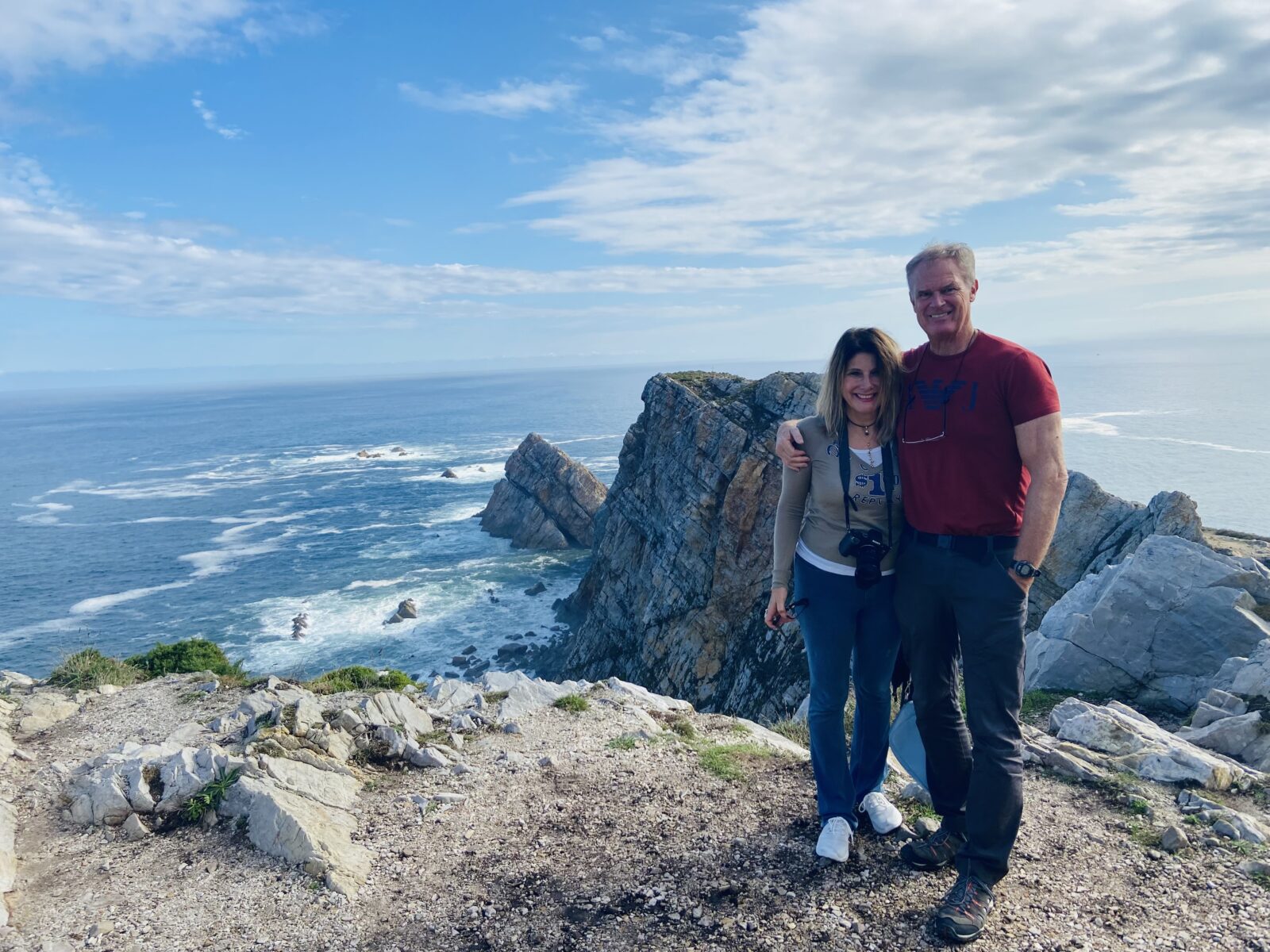
September
Skopelos was one of three trips Covid cancelled in 2020. Asturias was another. It’s the lightly trodden region in northwest Spain and the country’s smallest region. It’s smaller than Connecticut. It’s a sliver of land that covers 250 miles of beautiful coastline.
It’s as green as Ireland with weather to match. It sports seven UNESCO biosphere reserves and also the pretty main town of Gijon where we based ourselves. It has one of the loveliest urban beaches I’ve ever seen with a long, stone promenade lined with palm trees. We strolled the beach and had drinks in tiny plazas in Cimadevilla, the old fisherman’s quarters.
We rented a car and headed west to a string of raw, savage beaches one day. The next day we drove east to see surfers hitting Playa de Meron, the prettiest beach we saw. We spent the afternoon at a chiringuito (beach bar) drinking 2-euro beer overlooking Andrin Beach then finished the day with seafood paella at Miradon de Toro, an elegant seafood restaurant overlooking another beach.
It was too cold to swim. It’s never too cold to relax.
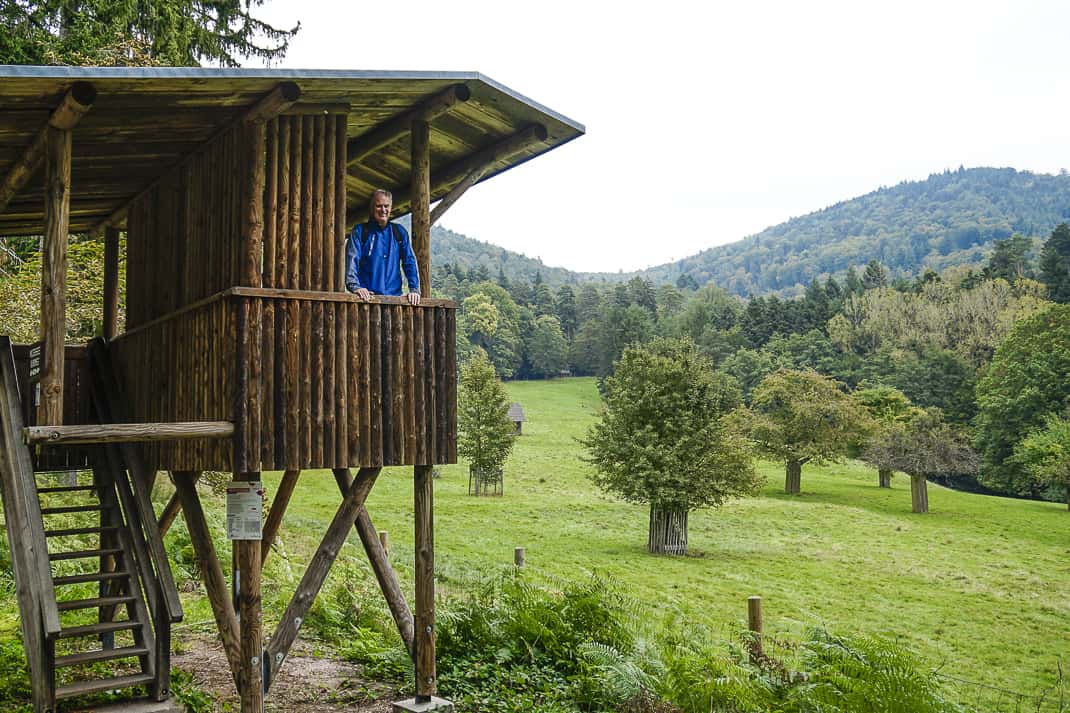
October
Covid numbers remained low and we took a twice-delayed trip to Germany’s Black Forest. Covid KO’d it in 2020; floods made us postpone it over the summer. We chanced the expected rain to stay at the four-star Vital & Wellnesshotel Albblick, an isolated spa in the tiny town of Waldachtal.
Spas are like petri dishes for viruses during a pandemic but Covid was almost an afterthought in the fall. We took saunas and Jacuzzis with the German guests every day and took wonderful hikes in the Black Forest, which covers 1.5 million acres and includes 13,800 miles of hiking trails.
We started at Mummelsee Lake, packed with German hikers but they thinned out the higher we climbed. We got to the back of beyond at Merkurius Berg where we walked through German white wine country. And greeting us at the spa was always great German dishes such as mautschen, spaetzle and Black Forest Cake.
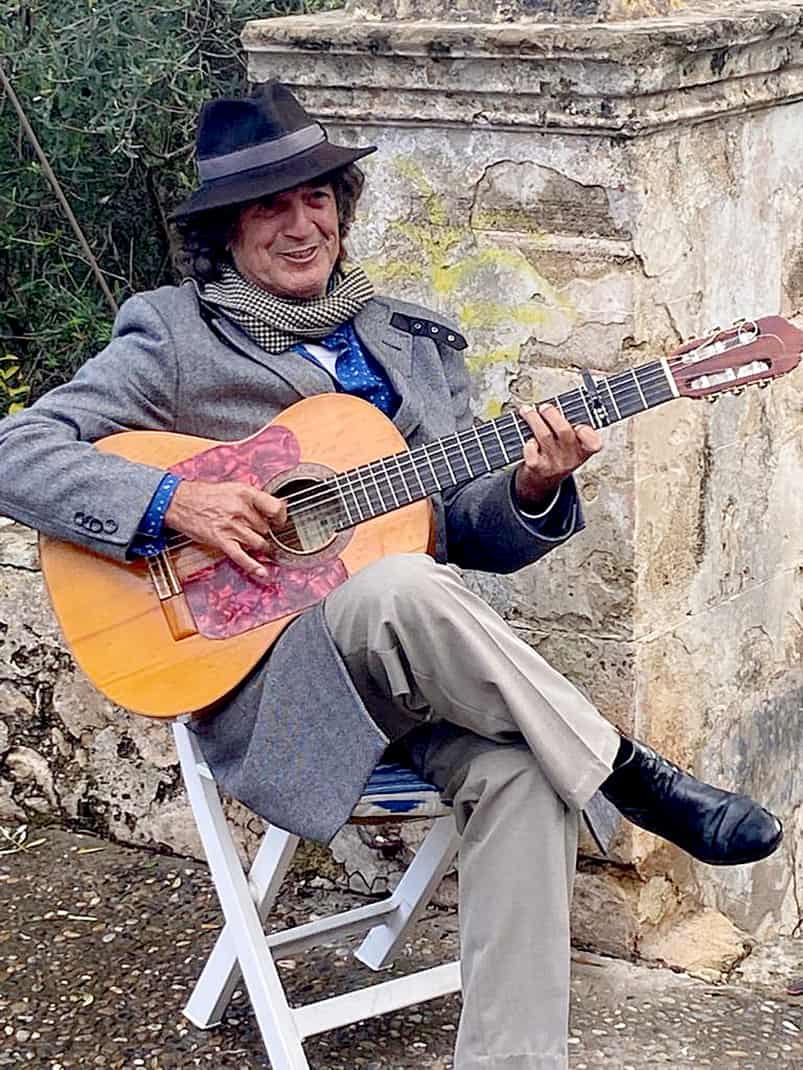
November
Covid returned. Another wave hit England where I went on a magazine assignment and attended a conference. I had to pay 69 pounds ($93) for a Covid test I had to administer myself then leave a rousing party at my conference to get tested at a pharmacy in order to get home. Covid was getting old.
No test was needed for Spain as we attended the Traverse conference for travel bloggers. I never had a desire to visit Mallorca, scared of the wild party scene and crowds. But in November it’s rainy and empty. It was perfect.
I went to a winery in the countryside, visited a village with spectacular views of the sea and went on a forest hike. In between I ate terrific food in the pretty capital of Palma de Mallorca and learned a few things about blogging – such as doing a year review.
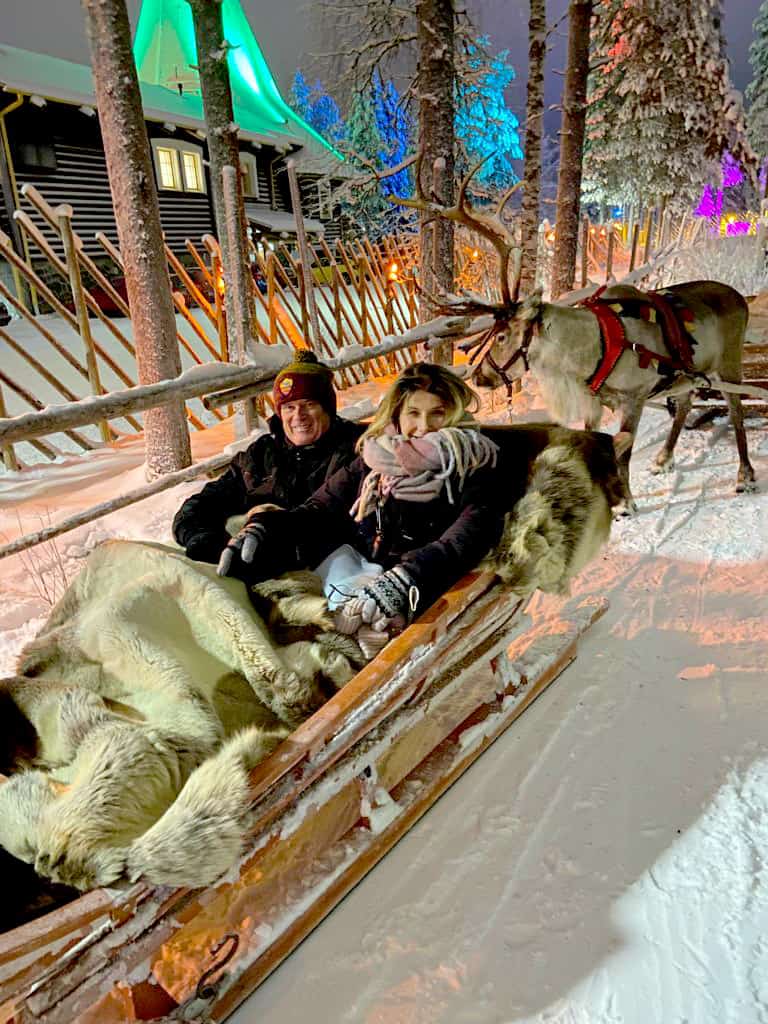
December
Covid is back in full force. Italy laid down more restrictions such as needing a negative Covid test to get back in the country – laying it down the day before we left for Finland. Our last travel of the year, my sixth destination in six months, was something out of a Christmas dream. We rode a dog sled over a frozen lake under a huge moon, took a reindeer sleigh ride, saw the Northern Lights and toured the pretty capital of Helsinki.
We learned how a social democratic society works, how the U.S. can learn a few things about higher taxes and that Finland really is the Happiest Country in the World.
However, we also learned we are tired of traveling during a pandemic. The ever-changing rules, the confusion, the stress, the costs, it’s no longer worth it. With omicron flooding over Europe like an invisible tsunami, we can add health risks to the list of negatives.
We’re hanging up our passports for a while. But stay tuned. More travel blogs will be coming. After all, Italy remains a pretty good place to travel.


January 4, 2022 @ 4:14 pm
You’ve been very negative about the US Covid response, but the outcomes have been better than Italy. You also gave Biden credit for a vaccine program created and implemented by the trump administration. Funny
January 5, 2022 @ 1:16 am
How shx – clearly you are a bit challenged when it comes to math. Italy is around 10k cases per 100 k in population, whereas the US sits at 17k per 100k in population (assuming your math skills are really that poor….k means 1000). Further, while you are correct that the vaccine came to fruition under Trump, the issue is Trump et al. promoting every other hair brained supposed remedy out there.
John – another great post. Planning international travel next year, but only one trip, so hoping we can figure out the COVID testing gymnastics we will have to do.